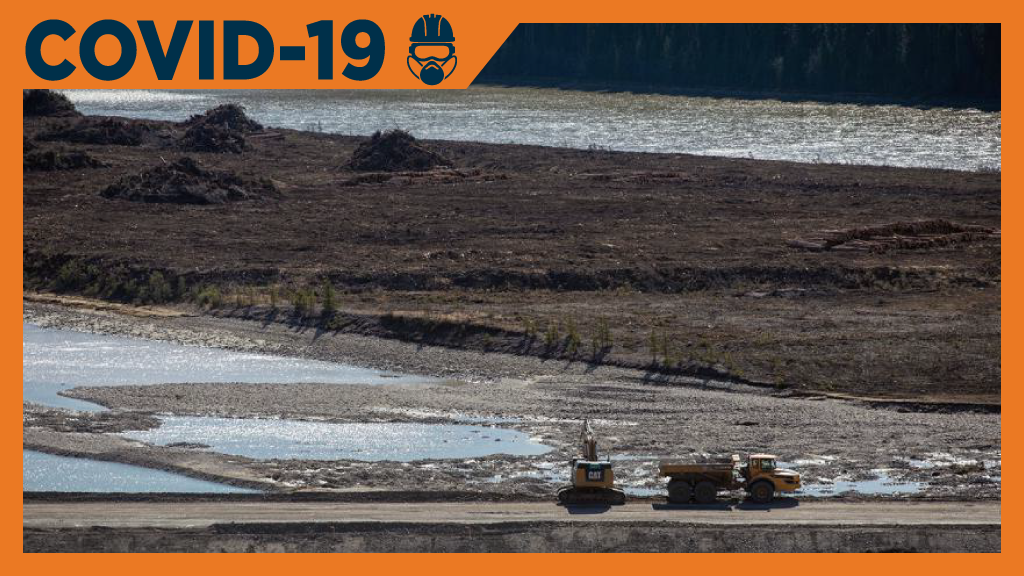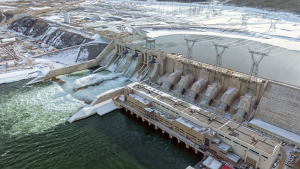FORT ST. JOHN, B.C. — B.C. officials have appointed a special adviser to assist with the Site C project after reports from BC Hydro show COVID-19 has thrown uncertainty into its completion schedule.
“I am very concerned about the latest reports that BC Hydro has provided to the BCUC (British Columbia Utilities Commission) on the Site C project,” said B.C.’s Minister of Energy, Mines and Petroleum Resources Bruce Ralston in a statement. “COVID-19 has created significant challenges for the project that we could not have anticipated.”
Ralston announced that Peter Milburn, a former deputy minister of finance and secretary to the Treasury Board, will help review the project and provide the government with independent advice.
BC Hydro’s Annual Report No. 4 covered the early days of the pandemic, outlining how the project was altered in response to the threat of infection.
“It quickly became apparent that COVID-19 would result in significant impacts to the Site C project,” wrote BCUC CEO David Morton in the report.
On March 18, BC Hydro announced it was substantially reducing certain work activities on the project in response to the increasing escalation of provincial measures to manage the COVID-19 pandemic. Work at the dam site was scaled back to only those activities that were critical to achieve river diversion and essential services, such as site safety and security and environmental protection. This decision resulted in a reduction of people staying at site by about 50 per cent.
Off-site project areas, like the Highway 29 realignment, were able to continue without much change as most of those workers weren’t staying in camp and their tasks were outdoors.
By mid May, BC Hydro began plans to slowly increase construction activities and workers in phases, which continues to date. But the pandemic has thrown a wrench into plans to hit project deadlines.
“Prior to the escalation of the COVID-19 pandemic, the project remained on schedule for the first generating unit to go into service in late 2023 and a final in-service date in 2024,” wrote Morton. “While we remain on schedule to achieve river diversion in 2020, there is uncertainty with the project’s schedule and in-service date.”
BC Hydro is currently tying to re-baseline the project to get a better picture of how COVID-19 has impacted its schedule and budget. A report on these impacts is expected in the fall.
But Morton noted the project was facing financial pressure before the pandemic, including amendments to the main civil works contract, increased reservoir clearing costs, additional labour resource requirements, First Nations treaty infringement claims and an injunction application.
The project also faced setbacks when the team determined significant foundational enhancements would be required to increase the stability below the powerhouse, spillway and future dam core areas.
Morton added the pandemic is uncertain, so its total impact on the project remains to be seen.
“The previous government chose to start Site C in 2010 and made clear they wanted to push it past the point of no return,” said Ralston. “And they did. We knew there were significant cost pressures and risks with Site C when we formed government. COVID-19 has dramatically added to these challenges.”
Site C’s budget was previously estimated at $10.7 billion.
The project has had one worker test positive for COVID-19. This resulted in more than a dozen workers being quarantined. The number of quarantined workers has gone down to one and no other cases have been reported.
The massive dam and hydroelectric generating station on the Peace River is anticipated to provide enough energy to power the equivalent of about 450,000 homes per year in B.C.











Recent Comments
comments for this post are closed